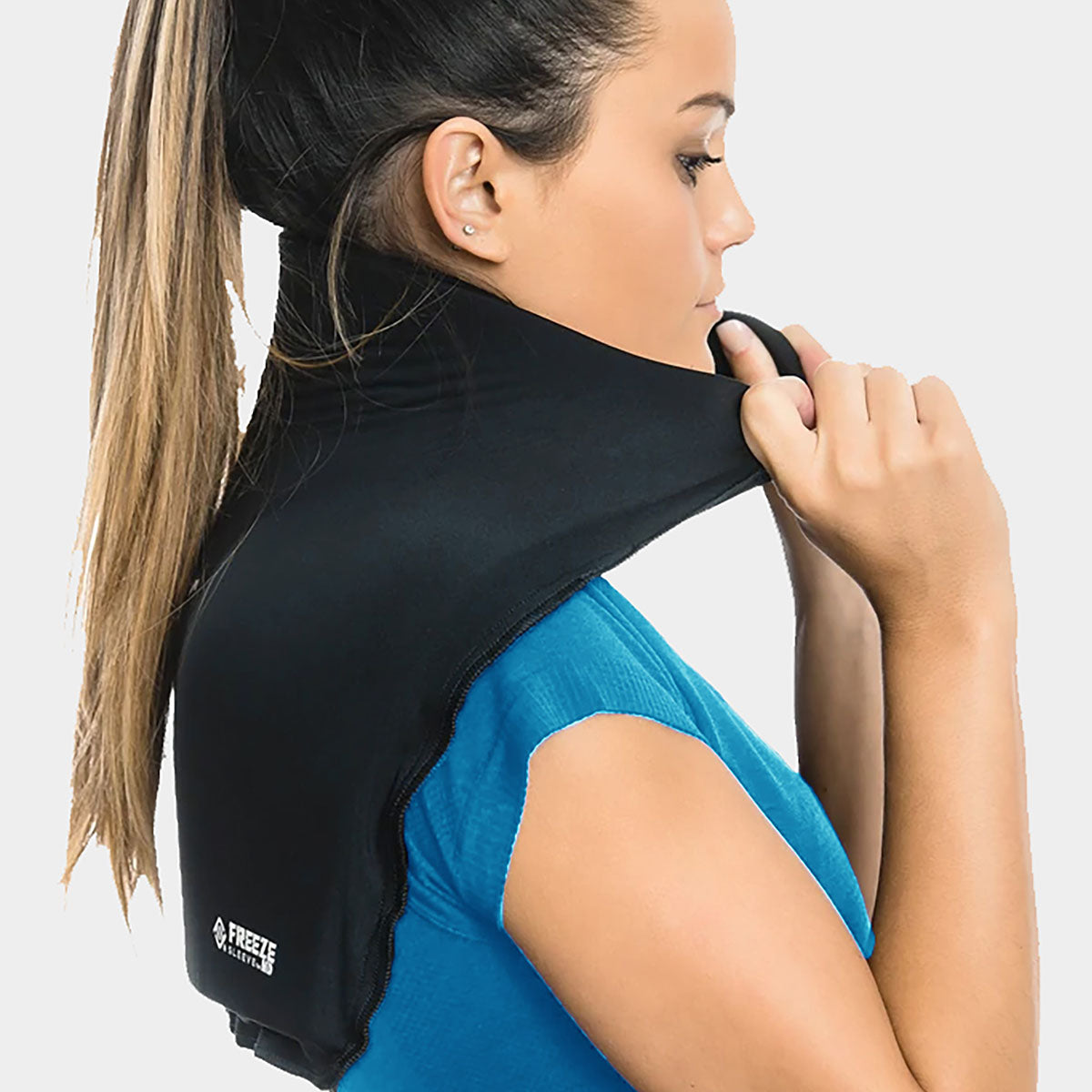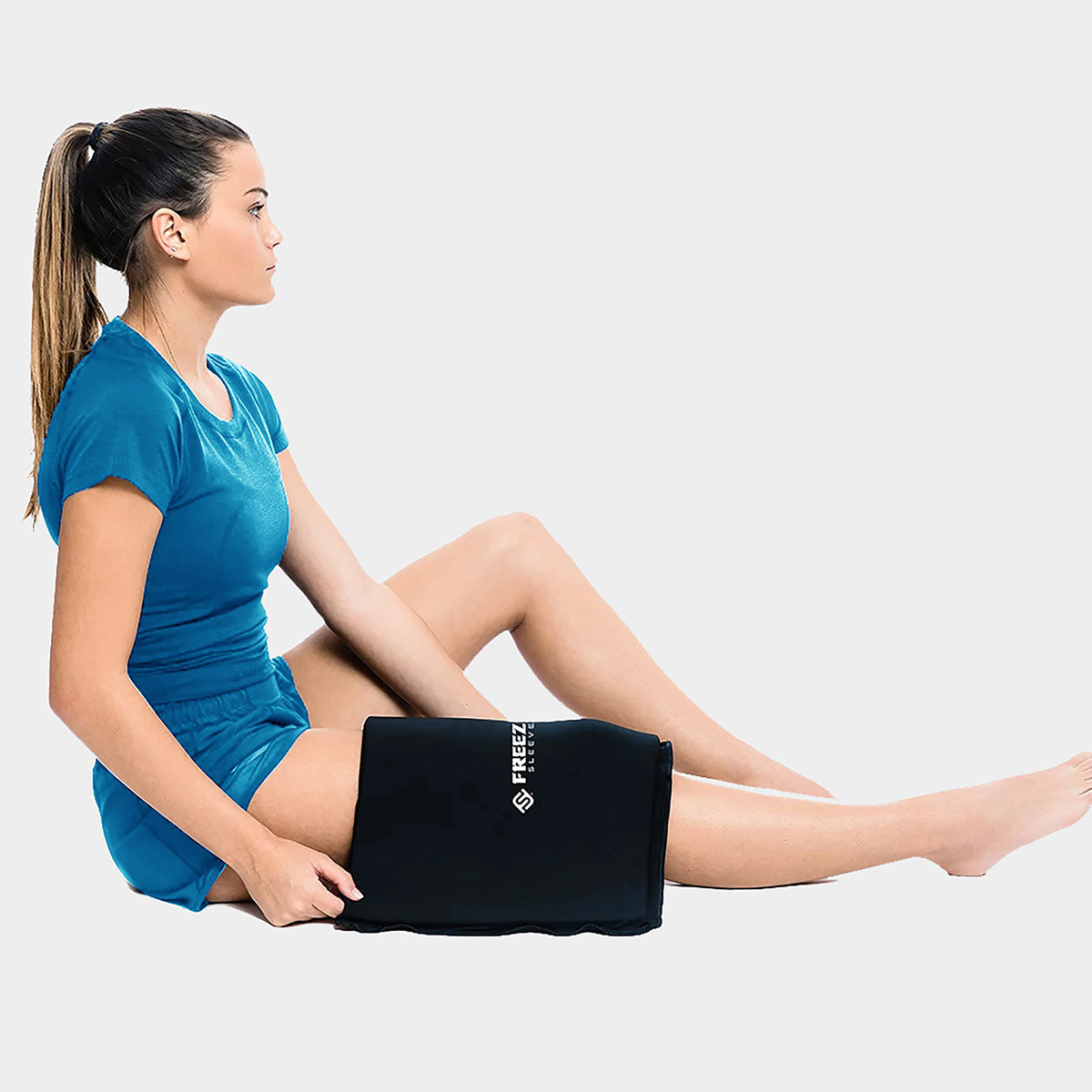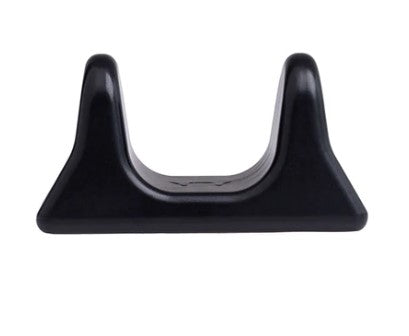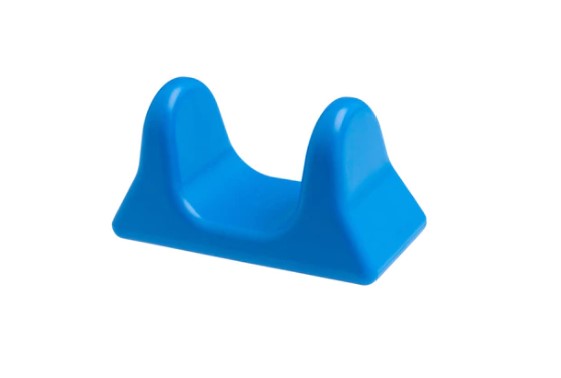
Mobility has been a popular topic this millennium, and many an online battle has been fought over what mobility means, how to train it, how much is needed, and so on and so forth. What is often lacking, though, is a historical and contextual perspective on mobility. It is decidedly easy to argue over definitions, but without a framework of application, it's a lot of pedantic talk with no real meaning. Context then established, let's examine some perspectives on mobility.
Mobility Versus Flexibility
Before mobility was ever a “thing," there was this term called flexibility. And it had a pretty clear definition. You had Passive Flexibility, which was the maximum length of a muscle in a relaxed state, (i.e., you sitting on the floor and reaching for your toes), and you had Active Flexibility, which was the maximum length of a muscle in an active or engaged state.
RECENT: Build the Back, Spare the Spine
If you had poor passive flexibility, you would have limited active flexibility when you go to move. Relative to improving passive flexibility, passive stretching was generally regarded as being very effective. Relative to lifting weights, there is a substantial amount of evidence that resistance training with a full range of motion improves both passive and active flexibility. If your ROM when lifting was poor, you would not improve your passive or active flexibility. This is partly where the stereotype of being “musclebound” comes from. You can, in fact, decrease your flexibility by lifting with only partial ROMs. How much flexibility did you need? Enough to move uninhibited through a full ROM relative to the activity in question. Doesn't seem so complicated, does it? So why does mobility make things so complicated, and where does it fit in?

Mobility or Active Flexibility?
Mobility is defined in the Oxford dictionary as, “The ability to move or be moved freely and easily.” E.g., this exercise helps retain mobility in the damaged joints. Flexibility is defined as, “The range of motion within a joint along the various planes of motion.” E.g., the athletes improved their ankle flexibility through static stretching. Now, those are the dictionary definitions, not the “fitness” definitions. Relative to the history of “mobility” training in the fitness industry, I can only speak relative to my age. I'm 27, and I've not been alive long to see every trend of decades past, obviously. I can only speak to the last decade or so, and the large amount of historical literature I have read. That prefaced, time for some context. Mobility conceptually has always been characterized as “the ability to move," and historically it is most often applied to joint functionality. Even going back decades into training and physical therapy literature, it is used in reference to the movements of joints. Only in the last decade or so has it been popularized to include “movement” as a whole. Now, the issue with this is that the definition has become warped, as “movement” doesn't have a clarified definition. I already know someone will name various organization that lay claim to have very clear definitions of “mobility." Those same organizations also have certifications often enough, and their definitions are dependent upon the perspective of their founders and practitioners. That is NOT a criticism, but rather a point that the mobility conceptualization is still in stages of development. On a more meta scale as well, it also illustrates the fact that the concept of mobility is one that is perspective based, versus having a hard and fast definition. And at the same time, many of the definitions of flexibility will define flexibility as possessing various degrees of mobility, AND vice versa; mobility definitions will define the term by means of improved flexibility. What you encounter then is ultimately semantics. The arguments of what “mobility” is relative to “fitness” are never consistent with one another, while the crossover between mobility and flexibility is constant. They are largely the same thing, and what gets argued is not technical, but the conceptualization of what they supposedly mean. In the end, it is a lot of wasted energy arguing over the meaning of words, most of which has little impact on endgame application with clients.
Mobility Marketing
It goes without saying that mobility is a VERY popular marketing term, and it can be used as fitness jargon to sound “smart," while not really meaning anything. Is mobility a “bad” word to use? Not really, but it has been turned into a hyped-up marketing term that has sought to replace the definition of active flexibility, while at the same time bastardizing it. Speaking as both a personal trainer and dancer with a degree in choreography, I've always found the “mobility” hype to be rather overblown. Mobility has almost a mythical quality to it at times — ”we are training MOVEMENT," when in reality, exercise IS movement. Are we not training “movement” during more traditional resistance training? Additionally, there is the claim that “movement” training is more “functional." This is reminiscent of the functional fallacy training that pervaded the industry a few years back. Exercises were critically labeled as “non functional," but no one ever defined what functional was supposed to mean. It became an excuse to lambast training implements and deify others, while in the end, the “functional” training crowd never demonstrated that their supposed methods were any better than the exercises and methods they criticized (if anything, they were most notable for appearing as though they had never trained themselves). As such, the assumption of dissociation of traditional resistance training from “movement” is a rather bizarre one. If you are training joints through a full ROM with appropriate resistance, the overall body of research indicates this to have positive carryover to “mobility." As a dancer with an actual degree in movement and choreography, I've personally found the mobility arguments to often center around the tenet of being able to do particular athletic feats. But being able to do handstands is not “mobilty” any more than is doing the splits, breakdancing, gymnastics, grabbing things with your feet, or simply touching your toes.RELATED: Mobility Basics for Sticky Hips
While all of those things require great active flexibility, there is no reasonable criteria that signifies them as being useful, practical, or necessary. They lack context and relevancy. The majority of hyped up “mobility” feats then are simply athletic skills that require practice. Do you need to do these feats? That question doesn't have a general population answer. They are are cool thing to be able to do. No more, no less. Additionally, there's the rationale that mobility is just “moving well," and it's important to train mobility. Again, there is no real criteria for what moving “well” means. If you can move and not be in pain, are you moving well? If you can do handstand and backflips, are you more “mobile”? What if you're in pain but can run marathons still? Is that “good” movement? If there is such a pressing need to train “mobility,” does that mean that there is also “immobile” training, and that mobility is now a physical quality that must be given special attention to? Now we circle back to mobility being a skewed continuation of flexibility. And how did anyone ever play sports or do anything athletic before “mobility” training existed even? Is mobility even a real thing, or a substitution for people that don’t actually train, compete, or play in an actual defined activity? I can continue on with this line of questioning forever, but the point remains the same: mobility is used as a buzzword, but it lacks context. The term and entire camp that accompanies it devolves into absurdity the more you try to understand it.

Mobility Secrets Revealed!
All that now said, I’ll beg my own question as to how we personally train members atRelentless Gym and improve their “mobility."
- Static Stretching — Contrary to current dogma, we encourage and actively guide our clients to STATIC stretch. In fact, the warm-up at Relentless Performance is comprised of multiple static and dynamic stretches. We have our members spend 10-15 minutes going through a sequence of static stretches and dynamic stretches before training. It works well, as all of our clients experience improvements in both their passive and active range on an almost weekly basis.
- Train with a Full Range of Motion — We prioritize performing all exercises with a full eccentric lengthening and complete concentric contraction. Full ROM strength training has been proven time and again to increase flexibility, and all of our members can attest to this.
- Incorporate Multiple Angles of Extension/Contraction — This could be called “multi-planar” training, but essentially it's a “smart” form of bodybuilding. We train all muscles groups through all possible angles/lines of movement. Especially for hips and shoulders, we emphasize “intermediate” and lateral angles, such as high and low rows, various inclines of pressing, lateral and cross over lunges, and some unilateral work.
- We Train for HYPERTROPHY — The majority of general population lacks lean body mass, is physically weak, and as such, their “mobility” is often poor. Hence, we train all of our members to be as muscular—and subsequently as strong—as they can be. Almost all of our programming at Relentless is designed expressly for muscular hypertrophy. We keep most of our reps between six and 20. By using a full ROM, hitting multiple angles, and static stretching, our members are more muscular, more flexible, and move much better than when they first walk in our doors.
- We CUSTOMIZE — The art of training is seemingly lost on the current generation of trainers, who adhere to a skewed practice of being “science and evidence” based, but completely lack insight into how any of this applies to actual PEOPLE. We are “people based” with what we do, and all of our training is always appropriately progressed, modified, and adjusted based on the member in question. Relative to “mobility,” our clients receive exactly what they need, and we make our best judgements within the moment during their sessions. While we have mental models of training we follow, we understand that effective training is ultimately a dynamic process, one of observation and feedback. With such a process in place, we don't rely on panacea or silver bullet answers to our members' needs state. We treat them as individuals and train them as such, and their “mobility” improvements are from appropriate and reasonable training, not from any cutting edge tactic or trick.









































































